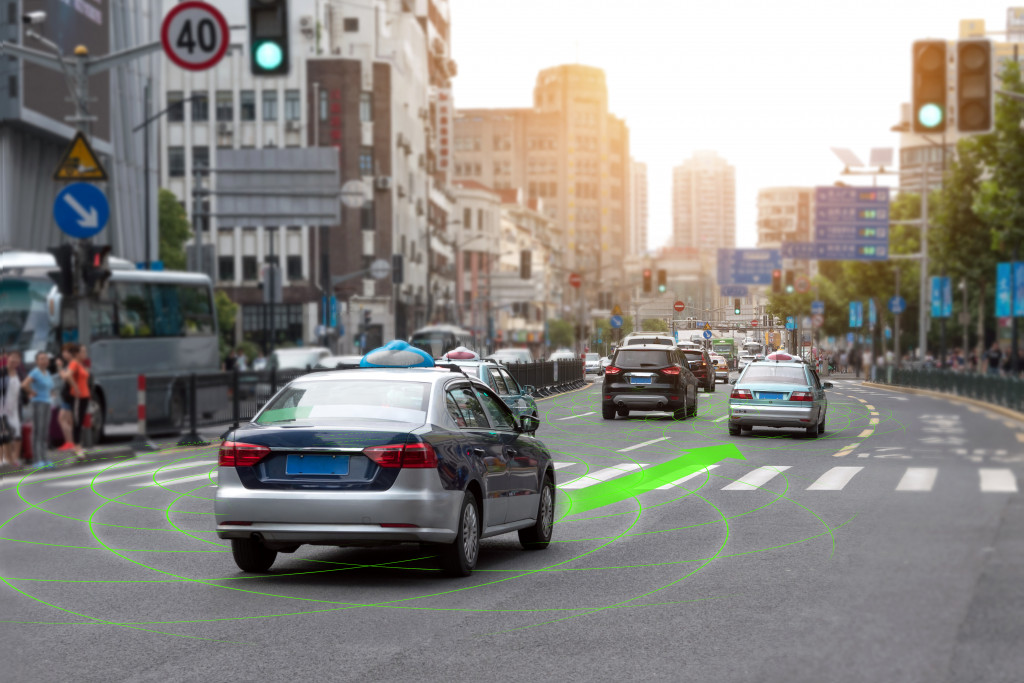The automotive industry is in the midst of a revolution. New technologies are emerging that are changing the way the industry designs, builds and uses vehicles. These technologies are making today’s cars smarter, safer, and more connected than ever. They’re also helping make cars less expensive to manufacture, so they can be delivered at a lower price point.
The speed at which these technologies are developing is remarkable. Some are already in production, while others are still in the early stages of development. But all will have an impact on how cars are used in the future — from autonomous driving to electric 3D printing and connectivity. Here are four of the most critical technologies that are revolutionizing automotive vehicles.
Electric Vehicles
Electric vehicles are becoming increasingly popular, thanks to advances in battery technology and a growing awareness of the environmental benefits of electric cars. They offer many benefits in comparison to older, gas-powered cars. These include less pollution, more affordable prices to operate them, and a quieter ride. Powered by alternative energy sources such as solar or wind, electric vehicles have no tailpipe emissions and are better for the environment.
Electric vehicles have been around since the early 1900s, but until recently, they were primarily used as golf carts or delivery trucks with a limited range. Due to the innovation in automotive battery technology, everyday electric vehicles, supercars, and even electric motorcycles are now available at a wide range of prices. With no moving parts, electric vehicles are much quieter than gas-powered cars and can be operated without ear protection in many places.
Artificial intelligence
Integrating artificial intelligence (AI) into cars and other devices has made them more responsive, efficient, and effective. AI can help drivers avoid accidents by scanning for hazards and even taking control if the human driver cannot respond quickly enough. Self-driving cars have the potential to significantly reduce accidents and traffic congestion while also increasing fuel efficiency. Several companies, including Tesla and Google, are already testing self-driving car prototypes on public roads.
Artificial intelligence is also being used in other areas of the automotive industry, such as fleet tire management systems that use AI to monitor tire wear and warn drivers when it’s time for new tires. This can save drivers money by preventing premature tire replacement, which is especially beneficial to fleet owners who must maintain their vehicles at a lower cost. The effects of AI technology on road safety, efficiency, and sustainability are just beginning to be realized. As more companies adopt these technologies, the benefits will continue to grow.
3D Printing

3D printing is another technology that is beginning to impact the automotive industry. It can be used to create prototypes and small production runs of parts and components, saving time and money compared to traditional manufacturing methods. Additionally, 3D printing can be used to create custom parts and accessories for vehicles. The technology is even being developed to allow circuit boards to be printed in a specific required shape.
By 3D printing custom vehicle parts, companies can create products more tailored to their customers’ needs. This is especially important for niche markets and luxury brands, which often have specific car component requirements. 3D printing also allows the creation of parts that would otherwise be impossible using traditional manufacturing methods. For example, 3D printing can be used to create parts that are incredibly lightweight or flexible. This is especially useful for aerospace companies, which need to design aircraft with as little weight as possible.
Connected Cars
Connected cars are another critical development in the automotive world. They are equipped with internet connectivity, which allows them to communicate with other connected devices and share data about their location, speed, and additional information. Drivers can use this information to avoid traffic congestion or accidents, or automakers to improve the safety and efficiency of their vehicles.
In line with AI integrated MaaS or mobility as a service, connected cars are growing rapidly in popularity. Drivers can use their smartphones to access a variety of information about their vehicle and its location, including the status of any repairs. The use of connected cars is not just limited to drivers. Automakers can use the data collected from these vehicles to improve their products, and insurance companies can use it to provide drivers customized coverage. In addition, connected cars offer a wide range of benefits for personal and commercial applications.
In Summary
These are just a few of the technologies that are revolutionizing automotive vehicles. Electric vehicles, self-driving cars, 3D printing, and connected cars are all impacting how experts design, build and use automobiles. As these technologies continue to develop, they will likely have an even more significant impact on the automotive industry in the years to come. The future of automotive vehicles is bright and exciting, and it’s safe to say that the industry will never be the same.




